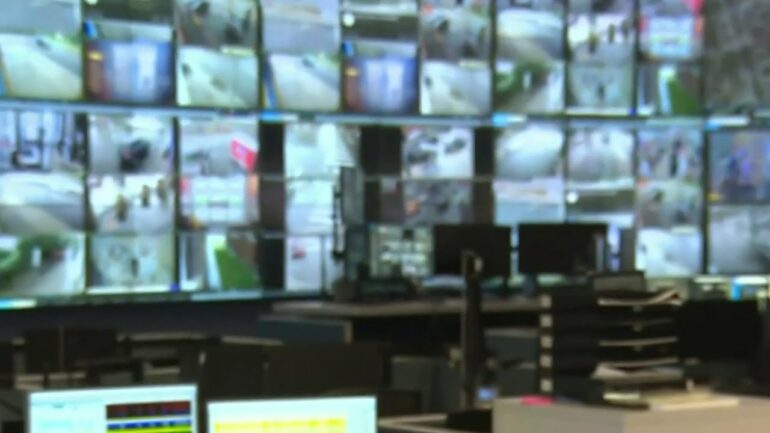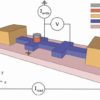In 2021, a driver in Albuquerque, New Mexico, ran a red light, striking and killing a 7-year-old and injuring his father. The suspect fled the scene and eventually escaped to Mexico. Using camera footage and cellphone data, the Albuquerque Police Department’s real-time crime center played a crucial role in identifying, apprehending and charging the person at fault. The driver was ultimately sentenced to 27 years in prison, providing a measure of justice to the grieving family.
Real-time crime centers are specialized units within police departments that use the latest technology to monitor public spaces and record incidents. The New York City Police Department was the first to institute a real-time crime center in 2005.
Real-time crime centers often focus on video surveillance, using closed-circuit television systems, license plate scanners, body cameras worn by officers and drone cameras. The centers sometimes also include gunshot detection and computer-aided dispatch systems, live or static facial recognition, cellphone tracking and geolocation data, and access to probation, parole and arrestee information. Police departments are adding the latest innovations, such as video analytics driven by deep learning artificial intelligence, to identify objects and assess subjects’ behavior.
Some real-time crime center operations and surveillance methods are controversial, especially those using technologies that are rapidly evolving, such as drones and automated image analysis.
As a professor of criminal justice and criminologist formerly embedded within the Miami Police Department, I can explain how these centers function – and the safeguards they employ to assure accountability and appropriate use.
Instant assistance
Real-time crime centers typically function around the clock and fulfill several critical roles. They provide real-time video feeds and other essential data to officers responding to incidents. Police departments also use them to monitor ongoing situations such as protests or threats to critical infrastructure.
Detroit’s police officials credit the city’s real-time crime center with helping them solve violent crimes.
In some real-time crime centers, like those used by the Chula Vista Police Department, near San Diego, and Metro Atlanta, drones act as an initial first responder and can stream live footage from the field back to the center.
Real-time crime centers also can support investigations after an incident has occurred. The monitoring technologies can track the movement of a suspect’s vehicle, assist in documenting video evidence for prosecution or even pinpoint where gun casings may be found at a crime scene. Many incidents showcase how this process leads to faster resolutions of criminal investigations, often allowing investigators to locate suspects in hours instead of days.
Agencies of various sizes increasingly collaborate with…



